Word Power Made Easy
The Complete Handbook for Building a Superior Vocabulary
The most effective English language vocabulary builder available: this time-tested classic has helped millions achieve mastery of English and improve their communications skills in business, the classroom, and in life. Word Power Made Easy provides a simple, step-by-step method for increasing knowledge and mastery of the language. Arranged in thematic sections—on everything from how to flatter friends and insult enemies to how to talk precisely about science and medicine—the book is written in a lively, accessible, and often humorous style, presenting ideas and a method of broadening your knowledge as an integral part of vocabulary-building. The author delves into etymology to arm the reader to decode unfamiliar words, provides phonetic pronunciations, gives tips on avoiding common spelling errors, and offers useful sections on which fussy, old-fashioned grammar rules are valid and which are outdated or misguided and can be safely ignored. Loaded with helpful reviews, progress checks, and quizzes to reinforce the material, this classic resource—first published sixty years ago—has helped millions learn to speak and write with greater sophistication.
- ISBN 13 : 110187385X
- ISBN 10 : 9781101873854
- Judul : Word Power Made Easy
- Sub Judul : The Complete Handbook for Building a Superior Vocabulary
- Pengarang : Norman Lewis,
- Kategori : Language Arts & Disciplines
- Penerbit : Anchor
- Bahasa : en
- Tahun : 2014
- Halaman : 562
- Google Book : http://books.google.co.id/books?id=1wJwDwAAQBAJ&dq=intitle:Building+Blocks+of+Digital+Banking&hl=&source=gbs_api
-
Ketersediaan :
Word Power Made Easy provides a simple, step-by-step method for increasing knowledge and mastery of the language.


